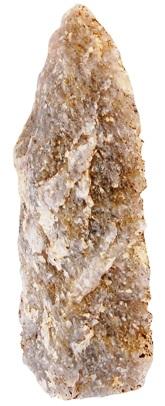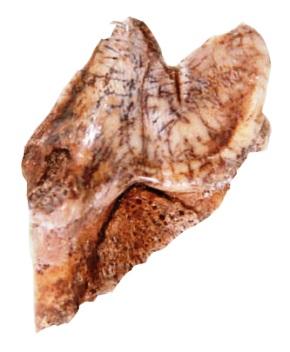2000 year old burial complex discovered on Jacob’s island, Kawartha Lakes, Canada
Owen Jarus
Source : http://heritage-key.com/blogs/owenjarus/2000-year-old-burial-complex-discovered-jacobs-island-kawartha-lakes-canada

The archaeological team digs at the mound complex, on Jacob's Island in Kawartha Lakes. Photo courtesy Professor James Conolly.
A team of archaeologists has discovered a 2,000 year old burial mound complex on Jacob’s Island in Kawartha Lakes Canada.
So far the team has discovered 35 burials, although there could be nearly double that at the site. The deceased include a mix of adult men, women, teenagers and young children.
“These are community burials, we’re getting a selection of the community being buried here,” said Professor James Conolly of Trent University, who is leading the team.
The mound indicates that people in Ontario were living an egalitarian lifestyle at this time – even though they were constructing more elaborate cemeteries.
“When you start to see complex burials like this in the archaeological record they are often associated with emerging hierarchies - but not in Ontario, they seem to be egalitarian groups,” said Professor Conolly. “I think the emphasis is more on community rather than on individuals.”

One of the projectile points found at the site. Photo courtesy Professor James Conolly.
Evidence of this complex first appeared in the fall of 2009 when a team of engineers, constructing a children’s camp in the area, came across human remains. Police and forensic experts were called in and it was quickly realized that the remains were of archaeological significance.
In spring 2010 Trent University researchers were asked to investigate the area by Ontario’s Cemeteries Regulation Unit.
The archaeologists are not excavating the skeletons. They are simply documenting them – allowing the people to rest in peace.
The complex was simple, being composed of at least one, 3 to 4 meter high mound – Conolly said that there may have been up to three mounds, but he can’t be sure. Unfortunately the above ground soil is mostly gone, having been ploughed away by agricultural activity that occurred in the last 150 years.
Jacob’s Island
Today Jacob’s island is located just 100 meters off the lake’s shore, but in ancient times it was probably connected to the mainland. “In fact in oral tradition – of the local aboriginal group – they say it’s not an island,” said Professor Conolly.
At the time the mound complex was built, archaeologists believe that people were living a hunting-gathering lifestyle. They were moving around the landscape to harvest resources such as fish, deer, nuts and plants.
Mound burials were common at this time, with several examples known in Eastern Ontario. They are “part of a larger trajectory in which people start to identify with historic places in the landscape for cultural reasons,” said Conolly.
Far to the south, in modern day Ohio, much more massive mounds were constructed that contained a variety of exotic goods. It is a source of debate among scholars as to how much these earthworks influenced people in Ontario.
Black Bear
The team found the remains of a Black Bear that was buried along with the people, this includes a pelvis and what may be a tibia.
On the pelvis archaeologists found a projectile impact, indicating that it was hunted and killed by a person using a spear – a dangerous activity to say the least.
“The bear is interesting, because bear is associated with burial mounds in Ohio at about the same time,” said Professor Conolly.

A bear tooth, found at the site. Photo courtesy Professor James Conolly.
It is “not uncommon for bear teeth and bear long-bones to be included in burials as grave offerings.”
The bear probably had a symbolic meaning – one worth risking life and limb for. “It could be perceived as a former human – a very symbolically charged animal,” said Conolly. “The bear might have been ritually killed and consumed.”
Feasting
The team found evidence for feasting at the site, including a feasting/roasting pit. They appear to have been eating turtle, deer, fish and perhaps even a dog. Conolly said that the team needs to check the dog bones for signs of butchery.
It’s important to understand that this was probably just one of many activities that took place when people gathered at the mound.
“At certain times of the year, possibly summer/late fall, they (bands of people) come to these places and feast and bury their dead at community celebrations,” said Conolly.
“At a minimum you would expect there to be feasting, dancing, song, possibly associated ritual activity like cleansing (involving burning).